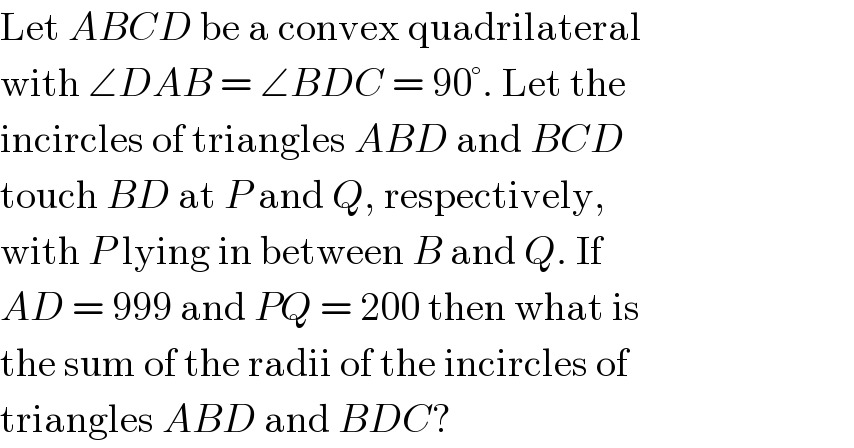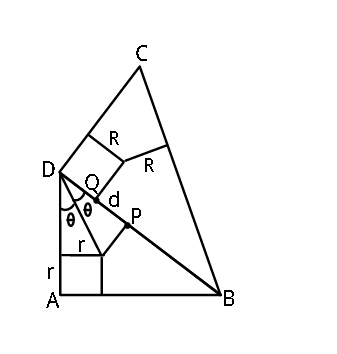Question Number 19792 by Tinkutara last updated on 15/Aug/17

Answered by ajfour last updated on 16/Aug/17

Commented by ajfour last updated on 16/Aug/17

Commented by Tinkutara last updated on 16/Aug/17

Answered by ajfour last updated on 16/Aug/17

